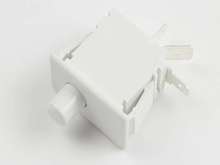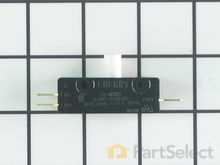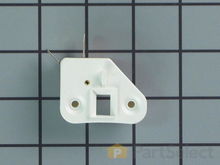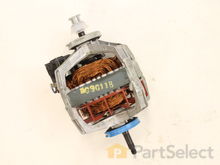Appliance Parts
How To Fix A Dryer That Won't Start

by Steve Ash
More About This Repair
- Customers rate this repair as Easy
- 15 - 30 minutes
We have 191 installation instructions
We have 5 step-by-step videos
More About This Repair
- Customers rate this repair as Easy
- 15 - 30 minutes
We have 66 installation instructions
We have 2 step-by-step videos
More About This Repair
- Customers rate this repair as Easy
- 15 - 30 minutes
We have 225 installation instructions
We have 6 step-by-step videos
More About This Repair
- Customers rate this repair as Easy
- 1 - 2 hours
We have 111 installation instructions
We have 1 step-by-step videos
More About This Repair
- Customers rate this repair as Easy
- 15 - 30 minutes
We have 84 installation instructions
We have 0 step-by-step videos
More About This Repair
- Customers rate this repair as Easy
- 15 - 30 minutes
We have 84 installation instructions
We have 0 step-by-step videos
More About This Repair
- Customers rate this repair as Easy
- 30 - 60 minutes
We have 10 installation instructions
We have 0 step-by-step videos



































